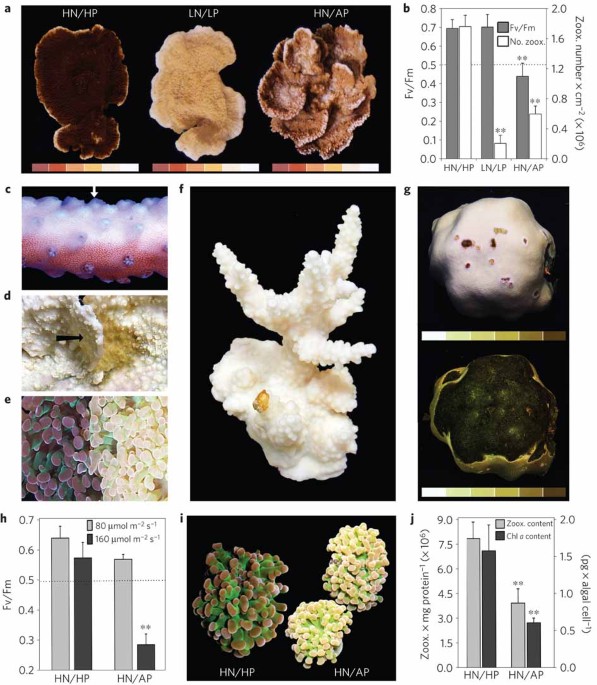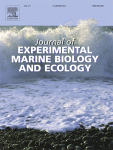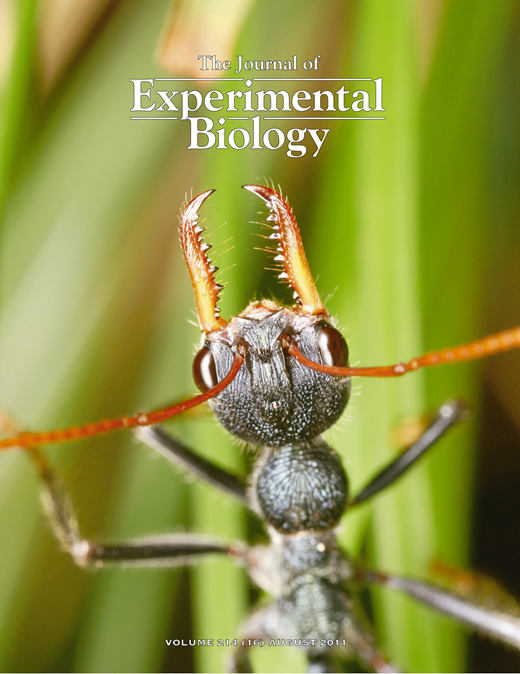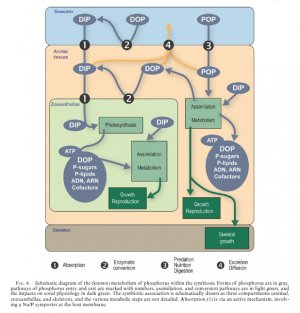You are using an out of date browser. It may not display this or other websites correctly.
You should upgrade or use an alternative browser.
You should upgrade or use an alternative browser.
Phosphate in live rock bin
- Thread starter kharmaguru
- Start date
.28 would definitely fall in the problem category (algae growth, inhibition of calcification) if it stays there. Under .1 is a good target to me, but many like to be.03 or under (but not zero). I find phosphate fluctuates alot in my system but generally sits around .04.
Something to consider as well is how you store your Hanna test vials. The best practice is to store them full of DI water between testings. Storing them dry can lead to false high reading on the first test because of leftover contamination. I've had a reading as high as .43 on the first test when I used to store them dry. Never a problem now.
Thanks for the tip SeanSomething to consider as well is how you store your Hanna test vials. The best practice is to store them full of DI water between testings. Storing them dry can lead to false high reading on the first test because of leftover contamination. I've had a reading as high as .43 on the first test when I used to store them dry. Never a problem now.
Low (<.03) is worse than high (>.2). High affects calcification but does not appear to affect a corals photobiology while low directly affects a corals photobiology and can cause a coral to bleach. (For those interested the "low" number is determined by research done at Southhampton University with a variety fo corals mainteined in a common reef ssytem, "high" number is the level most of the ocean is at.)
WHen we think of phosphorus we need to think in terms of Particulate Organic Phosphorus, Dissolved Organic Phosphorus and Dissolved Inorganic Phosphorus even though we can only test for inorgainic or PO4. As I see it since there's so much we can't test for we really need to look to research to better understand what is going on in our tanks and question what's been parroted and the dogma that's developed.
Here's and article and video by Rich Ross. PO4 level in his acro dominate ssytem is over 1.0 mg/l.
Here's the research done by SOuthampton University in England showing an imbalance in nitrate and phosphate causes serious harm to corals and shows PO4 should be kept above .03 mg/l to minimize the risk.
 www.cambridge.org
An Experimental Mesocosm for Longterm Studies of Reef Corals
www.cambridge.org
An Experimental Mesocosm for Longterm Studies of Reef Corals
Phosphate Deficiency:
Nutrient enrichment can increase the susceptibility of reef corals to bleaching:

 www.nature.com
www.nature.com
Ultrastructural Biomarkers in Symbiotic Algae Reflect the Availability of Dissolved Inorganic Nutrients and Particulate Food to the Reef Coral Holobiont:

 www.frontiersin.org
www.frontiersin.org
Phosphate deficiency promotes coral bleaching and is reflected by the ultrastructure of symbiotic dinoflagellates

 www.sciencedirect.com
www.sciencedirect.com
Additional Phosphorus links:
ffects of phosphate on growth and skeletal density in the scleractinian coral Acropora muricata: A controlled experimental approach

 www.sciencedirect.com
www.sciencedirect.com
High phosphate uptake requirements of the scleractinian coral Stylophora pistillata

 jeb.biologists.org
jeb.biologists.org
Phosphorus metabolism of reef organisms with algal symbionts
Fig 4 from "Phosphorus metabolism of reef organisms with algal symbionts"

WHen we think of phosphorus we need to think in terms of Particulate Organic Phosphorus, Dissolved Organic Phosphorus and Dissolved Inorganic Phosphorus even though we can only test for inorgainic or PO4. As I see it since there's so much we can't test for we really need to look to research to better understand what is going on in our tanks and question what's been parroted and the dogma that's developed.
Here's and article and video by Rich Ross. PO4 level in his acro dominate ssytem is over 1.0 mg/l.
Here's the research done by SOuthampton University in England showing an imbalance in nitrate and phosphate causes serious harm to corals and shows PO4 should be kept above .03 mg/l to minimize the risk.
An experimental mesocosm for long-term studies of reef corals | Journal of the Marine Biological Association of the United Kingdom | Cambridge Core
An experimental mesocosm for long-term studies of reef corals - Volume 92 Issue 4
Phosphate Deficiency:
Nutrient enrichment can increase the susceptibility of reef corals to bleaching:

Nutrient enrichment can increase the susceptibility of reef corals to bleaching - Nature Climate Change
Increased dissolved inorganic nitrogen (DIN) concentrations in sea water have been linked to a reduction of the temperature threshold at which corals bleach, however, the mechanism underlying this change is not known. This phenomenon is now explained in terms of increased phosphatase activities...
Ultrastructural Biomarkers in Symbiotic Algae Reflect the Availability of Dissolved Inorganic Nutrients and Particulate Food to the Reef Coral Holobiont:

Ultrastructural Biomarkers in Symbiotic Algae Reflect the Availability of Dissolved Inorganic Nutrients and Particulate Food to the Reef Coral Holobiont
Reef building corals associated with symbiotic algae (zooxanthellae) can access environmental nutrients from different sources, most significantly via the uptake of dissolved inorganic nutrients by the algal symbiont and heterotrophic feeding of the coral host. Climate change is expected to...
Phosphate deficiency promotes coral bleaching and is reflected by the ultrastructure of symbiotic dinoflagellates

Phosphate deficiency promotes coral bleaching and is reflected by the ultrastructure of symbiotic dinoflagellates
Enrichment of reef environments with dissolved inorganic nutrients is considered a major threat to the survival of corals living in symbiosis with din…
Additional Phosphorus links:
ffects of phosphate on growth and skeletal density in the scleractinian coral Acropora muricata: A controlled experimental approach

Effects of phosphate on growth and skeletal density in the scleractinian coral Acropora muricata: A controlled experimental approach
Phosphate contamination can negatively affect corals, modifying growth rates, skeletal density, reproduction, mortality, and zooxanthellae. We determi…
High phosphate uptake requirements of the scleractinian coral Stylophora pistillata

High phosphate uptake requirements of the scleractinian coral Stylophora pistillata
SUMMARYSeveral untested aspects of the regulation of inorganic nutrient uptake were examined using nutrient depletion experiments with the symbiotic coral Stylophora pistillata. The total inhibition of phosphate uptake in artificial seawater lacking sodium indicates the involvement of a...
Phosphorus metabolism of reef organisms with algal symbionts
Fig 4 from "Phosphorus metabolism of reef organisms with algal symbionts"

Very helpful @TimfishHere's and article and video by Rich Ross. PO4 level in his acro dominate ssytem is over 1.0 mg/l.
Vinny Kreyling
Premium Member
I don't know the "right" answer, or if there is one, but the reef tank in Riverhead ran around 0.16 & had fantastic growth.
I have had my tank with only 2 corals a few Rock Flower Anemones & fish up over 4 & no deaths.
I have had my tank with only 2 corals a few Rock Flower Anemones & fish up over 4 & no deaths.
wakesetter
Premium Member
A combination of the two approaches would probably be great.
Similar threads
- Replies
- 3
- Views
- 106
- Replies
- 1
- Views
- 109
- Replies
- 4
- Views
- 195

